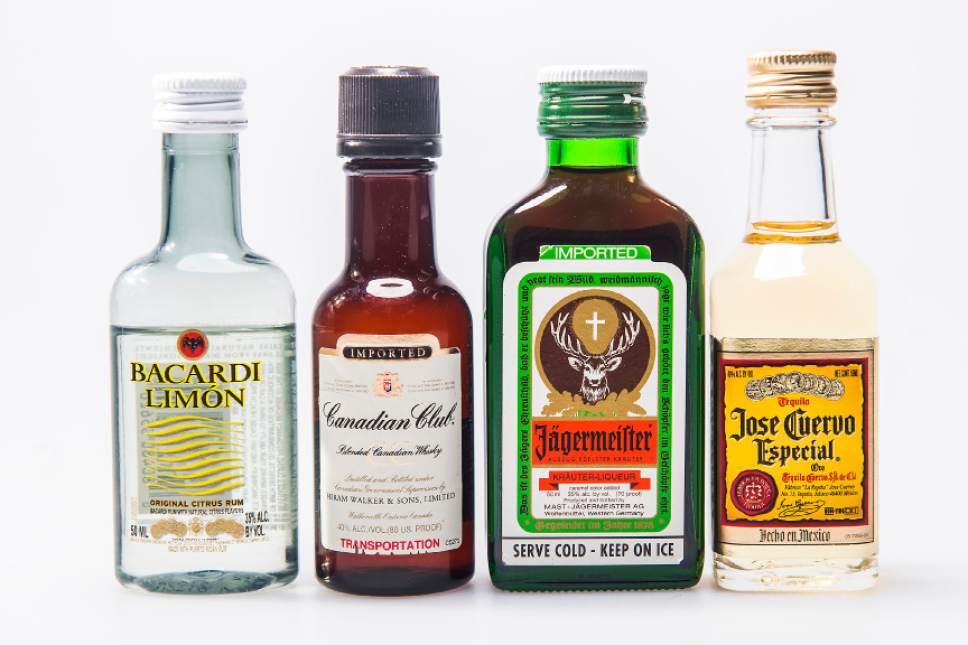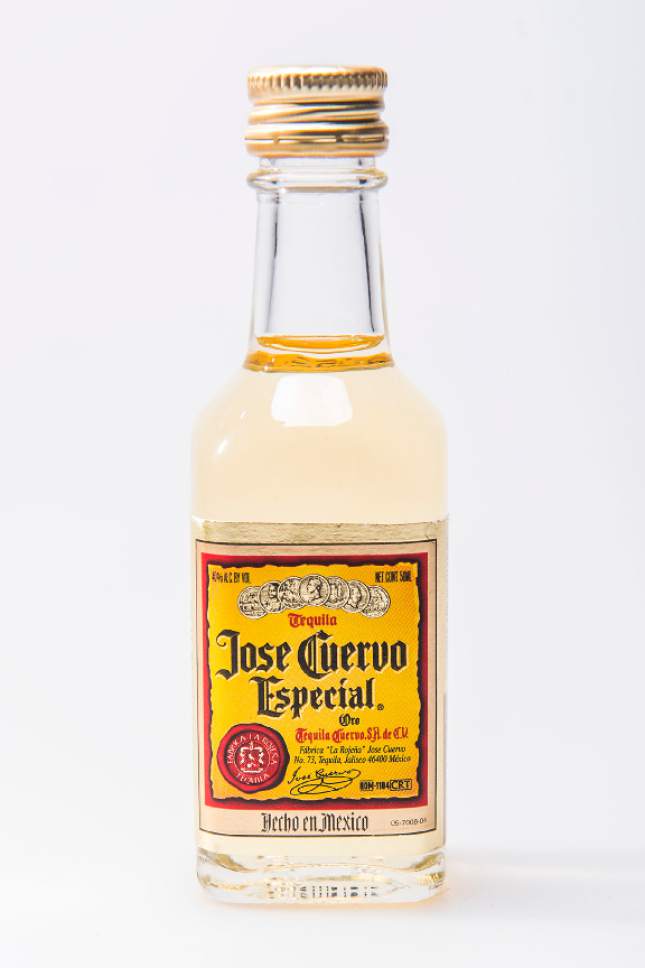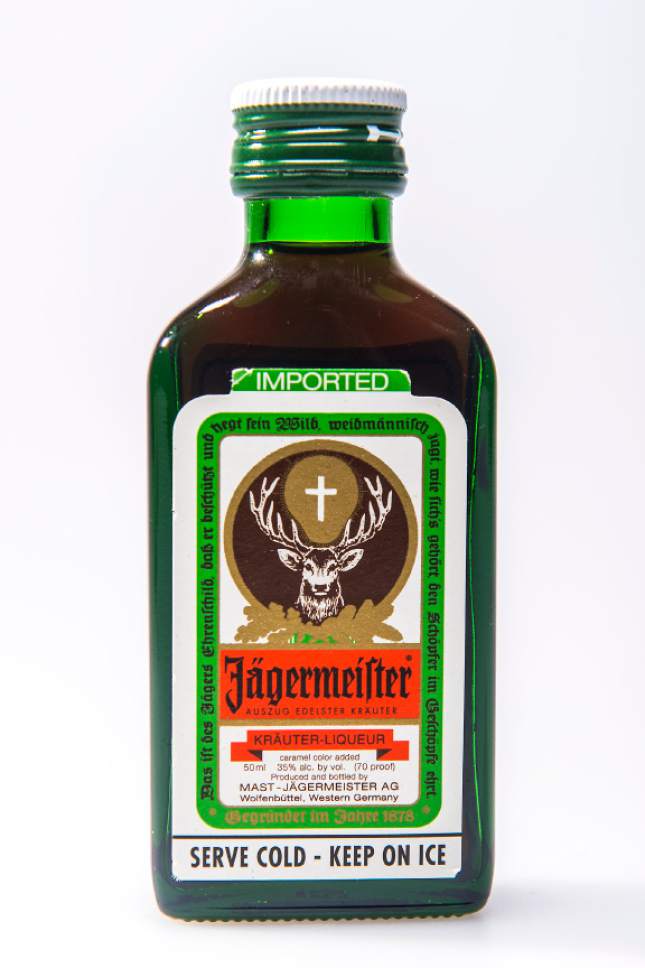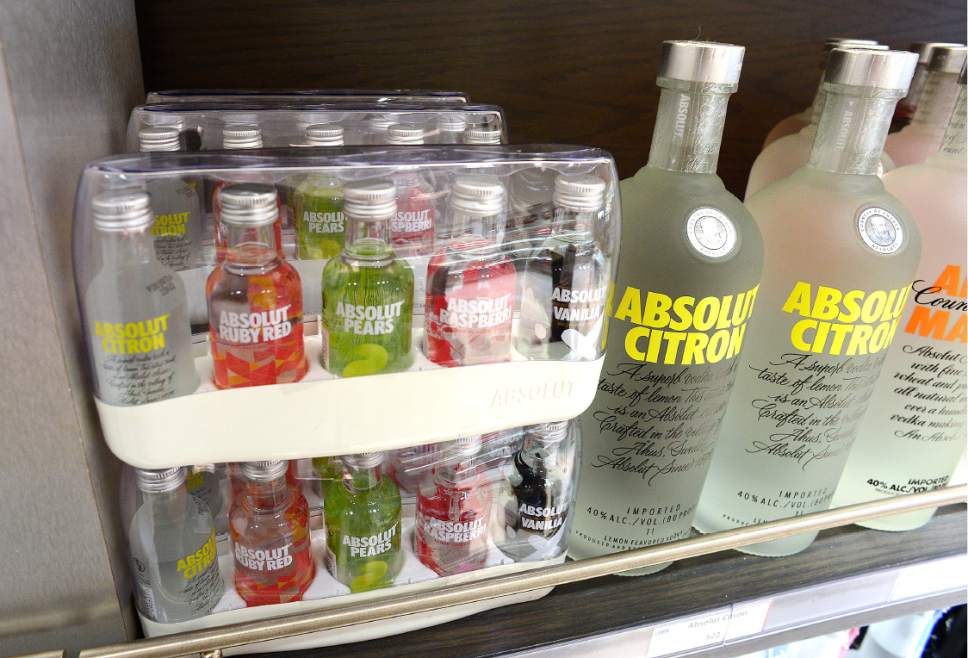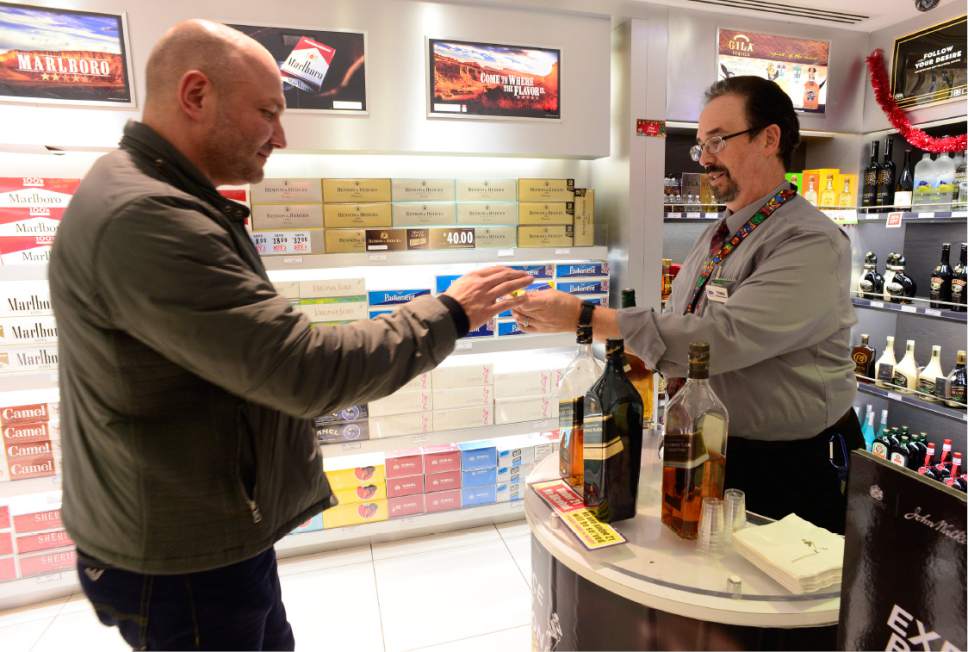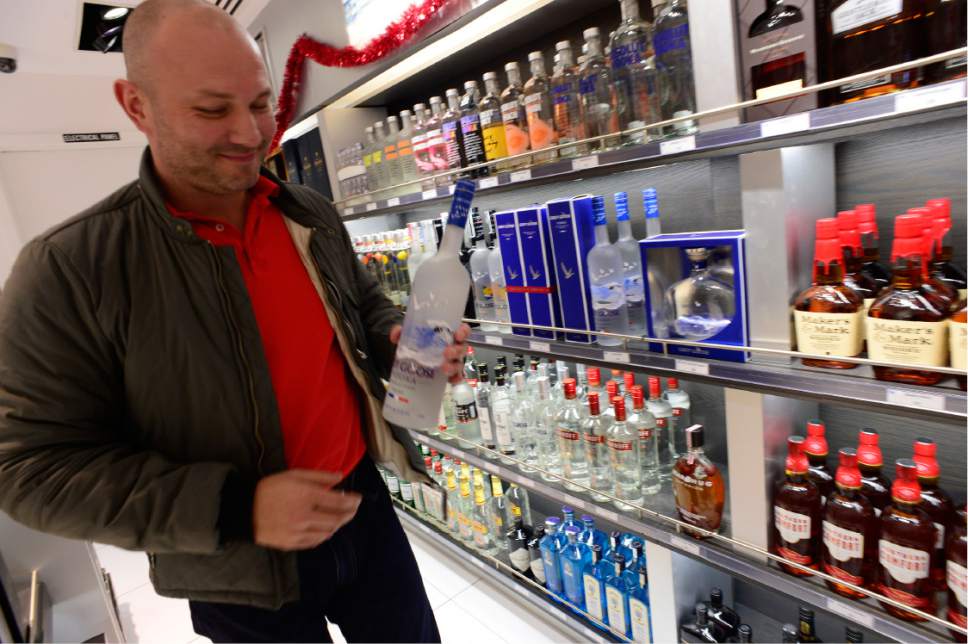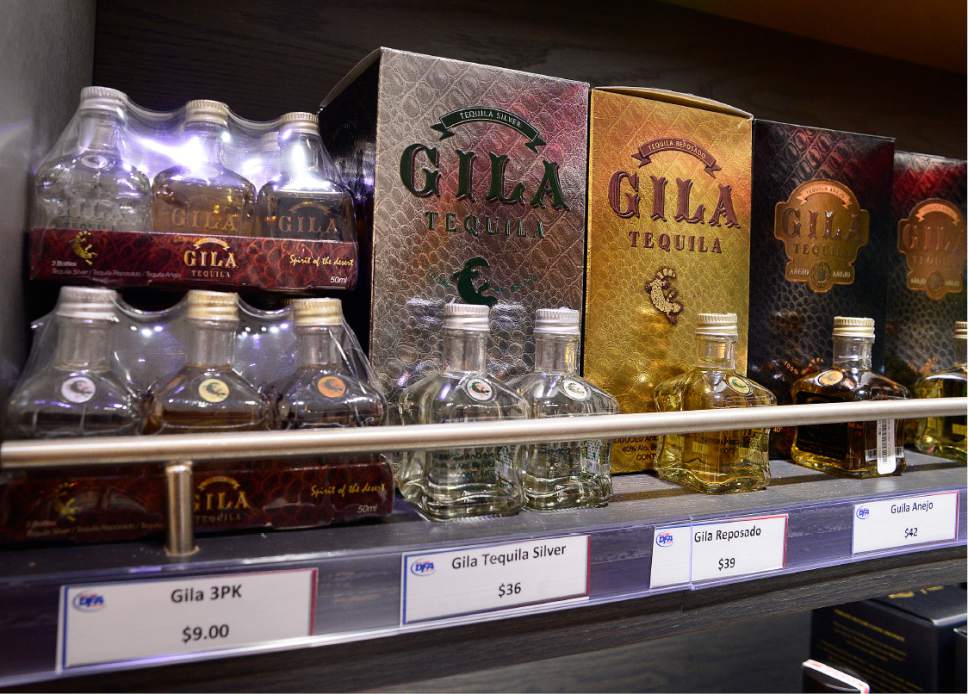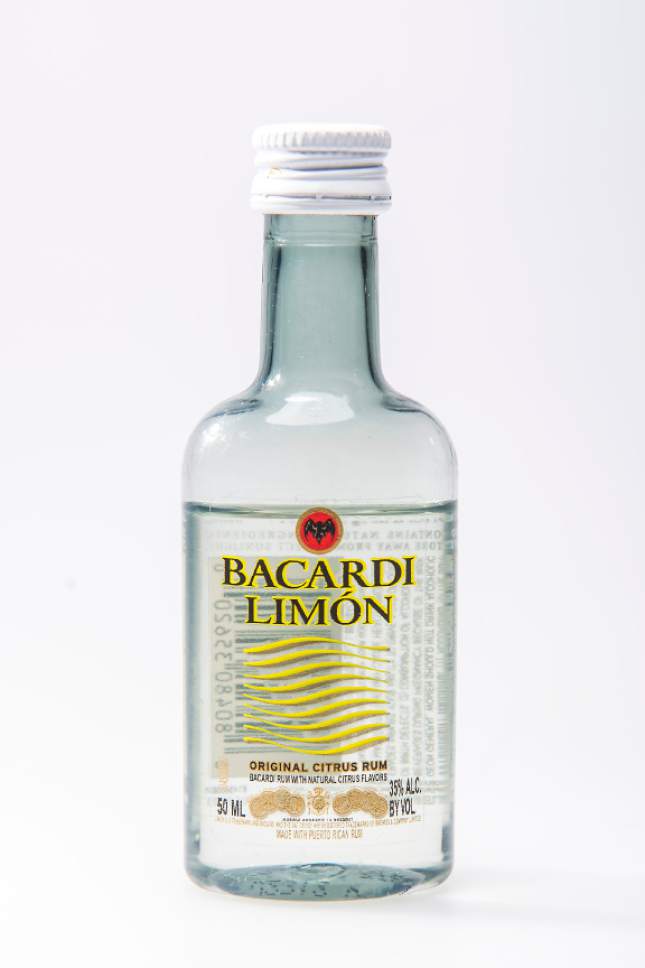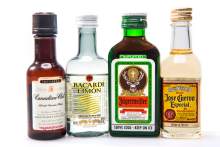This is an archived article that was published on sltrib.com in 2017, and information in the article may be outdated. It is provided only for personal research purposes and may not be reprinted.
Editor's note • In this series, The Salt Lake Tribune explores the once-favorite places of Utahns, from restaurants to recreation to retail.
When Emanuel "Manny" Floor was the director of the Utah Travel Council in the late 1960s, business owners constantly complained that liquor laws had a negative effect on tourism and hindered profits at restaurants, bars, hotels and resorts.
The laws at the time were a bit quirky.
For drinkers who wanted to imbibe outside their living room, the only option was to "brown bag" or carry bottles of booze — usually wrapped in the paper bag from the liquor store — into an establishment and then pay for nonalcoholic mixers and glasses of ice.
Rather than have just one or two drinks, people usually would consume the entire bottle before going home, leading many to joke that "instead of getting a drink in Utah, you got a drunk," said Floor.
Consumer displeasure coupled with overconsumption ultimately led Utah lawmakers to change the law and usher in the era of the minibottle.
The 1.75-ounce bottles were legal in Utah for more than 20 years, from 1969 to about 1990. They helped boost the state's tourism industry and were especially beloved by baby boomers, who found them easy to smuggle into concerts, sporting events and ski resorts.
"They were better than flasks," said Fred Boutwell, who remembers enjoying the contents of these diminutive bottles while a student at the University of Utah.
Besides being easily transportable, minibottles were alluring because they were pocket-size replicas of their 750-milliliter siblings — but with screw-top lids. Crown Royal minis had signature heart-shape bottles, Jack Daniels came in square bottles and Jose Cuervo sported yellow labels.
Boutwell, now the general manager at Market Street Grill Cottonwood, said minibottles were also popular because they were a bargain for consumers: "They offered a decent drink at a decent price."
—
Liquor by the drink • Utah's state-controlled liquor system has always walked a fine line between providing alcohol for legal adults, while appeasing the state's predominantly Mormon population, which is taught to abstain from alcohol. So, it's no surprise that the debate over minibottles continued for years. In the late-1950s and '60s, there were at least two unsuccessful attempts to get a "liquor by the drink" referendum on the ballot. Supporters finally collected enough signatures in 1968. There was fierce debate about the measure leading up to the vote, with newspapers — including The Salt Lake Tribune — publishing articles and opinion pieces about the pros (tourism) and cons (overconsumption and underage drinking) of a liquor-law change.
Ultimately, the measure failed, but the contentious debate that surrounded it caught the attention of the Utah Legislature, which, in 1969, approved sweeping changes to state liquor laws, the most prominent of which was allowing the sale of minibottles in state liquor stores as well as some restaurants and private clubs.
To appease naysayers, the measure also created a new state liquor commission and an enforcement unit to monitor the licensing and sale of the alcohol. While minibottles failed to endure in Utah, those two governmental entities are still in operation.
With the minibottle law, rather than bringing in their own wine or spirits, Utahns could order a drink, and the waitress would bring the mixers, ice and the minibottle directly to the table. While the rule was still awkward by today's standards, drinkers — and business owners — saw it as a major improvement.
When "liquor by the drink" took effect, "the dam broke," said Floor. Utah started getting new hotels and restaurants, and established businesses started making more money. "Bottom line, we had a vibrant night life and the restaurant visitor could buy liquor where they ordered food."
Utah's minibottle saga mirrors a similar debate being waged today for removal of enclosures — dubbed "Zion Curtains." Utah lawmakers mandated in 2009 that all new restaurants build enclosures or barriers to keep patrons from seeing the mixing and pouring of alcoholic drinks, but critics say the law confuses diners and out-of-state visitors and makes Utah look strange. Businesses also gripe that the law is unfair and costly for new restaurant owners because establishments that were serving liquor before the law was enacted are exempt from the barrier requirement.
—
Bye-bye, bottles • By the 1980s, government leaders in many states began to grow weary of minibottles. They were a favorite for underage drinkers and made for a stronger drink than what was recommended by federal health officials, said Ken Wynn, executive director of the Utah Department of Alcoholic Beverage Control (DABC) from 1977 to 2007. In 1985, the U.S. Department of Health officially defined a standard drink as 12 ounces of regular beer, 5 ounces of wine and 1.5 ounces of distilled spirits (80 proof).
Many in Utah thought "the 1.75 ounces [in a minibottle] was too stiff of a drink," said Wynn.
Minibottles were ultimately phased out around 1990, when the Utah Legislature mandated metering devices on all bottles in bars and restaurants to ensure that cocktails contained no more than 1 ounce of liquor, a move that labeled Utah as the state with "watered-down" drinks.
While the law later was changed so that cocktails could contain up to 1.5 ounces of a primary liquor — and bartenders can add secondary alcohols, as long as the beverage doesn't exceed 2.5 total ounces of spirits — Utah's weak-drink reputation remains.
"Looking back, I wished we had kept the minibottle," Wynn said. "People deserve a good drink for the money they pay."
Arkansas is the only other state to have such a strict ban on these diminutive bottles.
Today, it's nearly impossible to find a minibottle in Utah.
Under state law, bottles smaller than 200 milliliters are prohibited unless authorized by the state liquor commission. There are two exceptions: Airlines can use minibottles on flights, and hotels are allowed to sell them through room service.
Minibottles were first used in liquor packaging as early as 1890s, said Charles MacLean, a distilled-spirits expert and author of "Scotch Whisky: A Liquid History."
"They were certainly around in the 1930s," he said in an email from his home in Scotland. "The earliest one I know of was a Glen Grant 1900."
Initially, the small liquor bottles — which were used by sales reps to promote a spirit — were called watch glasses, because they were about the size and shape of a fob-watch. Through the years, the bottles evolved and became miniature replicas of whiskey bottles.
"The first minis were released for the U.S. market, as part of the promotional drive following repeal of Prohibition in 1933," MacLean wrote. "The Glenlivet issued some about 1936 on Pullman trains."
In recent years, distillers have returned to making minibottles for marketing purposes and to test new products, said Steve Schmidt, with the National Alcohol Beverage Control Association. "You might find them attached to the neck of a larger bottle, encouraging consumers to try a new flavor."
Don't expect to find them in Utah anytime soon, though.
Last year, Jay Yahne, owner of Layton's Hive Winery, which specializes in fruit wines, asked the DABC's liquor commission to allow him to package a small amount of his newest creation — a black cherry brandy — in minibottles so customers could taste the product before making a purchase.
The commission said the minibottle issue would need to be determined by the Utah Legislature — a group generally reluctant to tweak liquor laws.
If you have a spot you'd like us to explore, email whateverhappenedto@sltrib.com with your ideas. Find past stories at http://www.sltrib.com/topics/whateverhappened.
Bottle spin
O Take an interactive and educational look back at Utah's history with alcohol. › bit.ly/minibottleUtah


